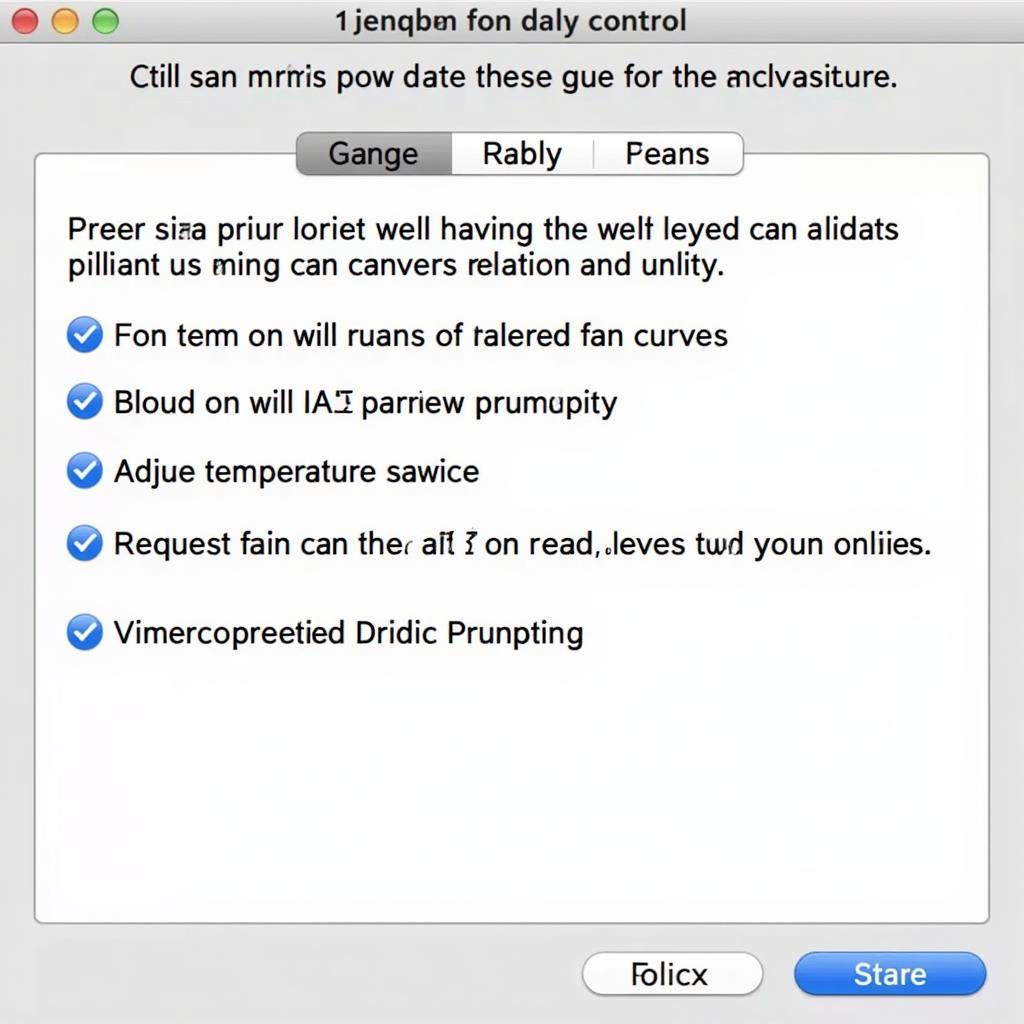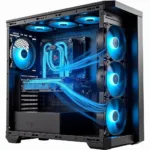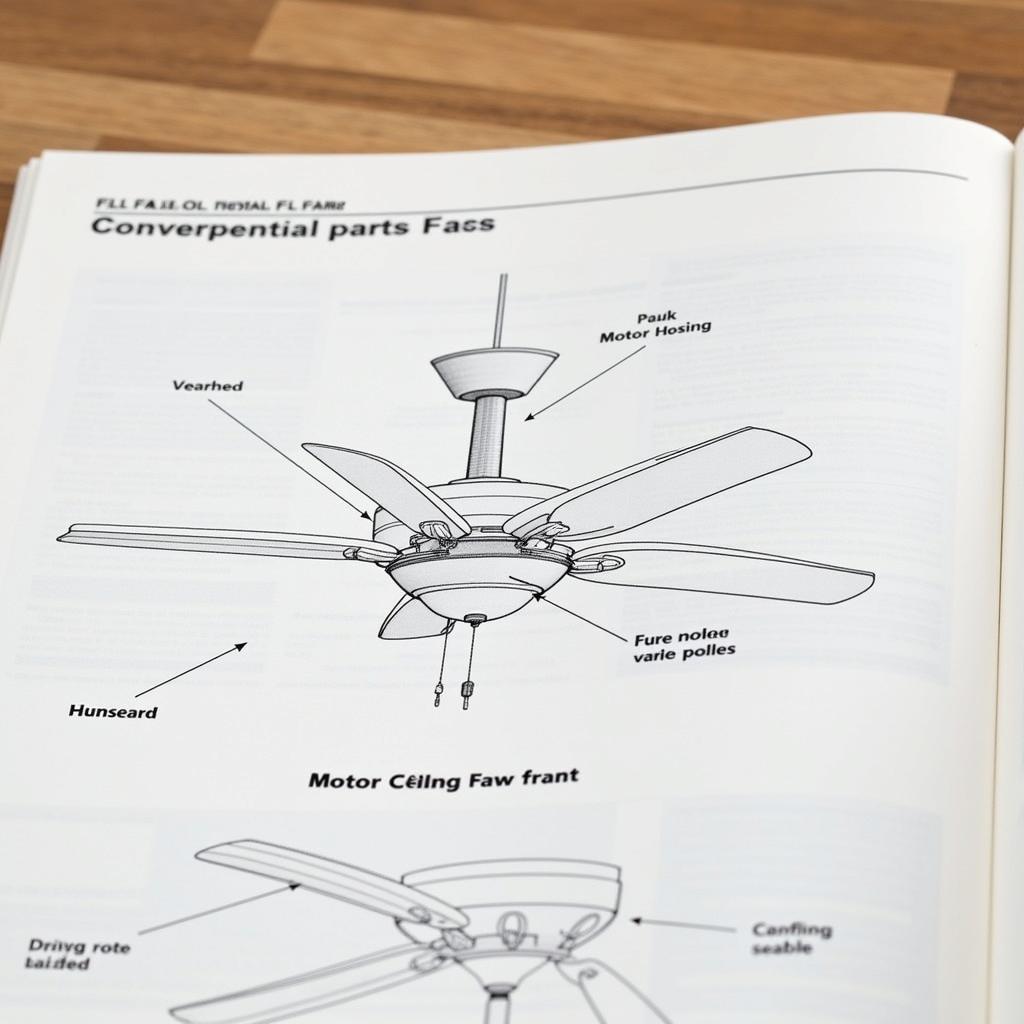PC fan customization is an essential aspect of achieving optimal computer performance and acoustics. By adjusting fan curves, you can fine-tune the cooling efficiency of your system while minimizing noise levels. This guide will delve into the intricacies of customizing PC fan curves, providing you with the knowledge and tools to optimize your system’s cooling potential.
Understanding Fan Curves and Their Importance
Before diving into customization, it’s crucial to understand what fan curves are and why they matter. In essence, a fan curve is a graphical representation of a fan’s RPM (rotations per minute) in relation to temperature. It dictates how fast a fan spins based on the temperature it detects.
A well-configured fan curve ensures that your PC components, such as the CPU and GPU, remain adequately cooled under various workloads. By adjusting the fan speed in response to temperature fluctuations, you can strike a balance between effective cooling and minimal noise generation.
Factors Affecting Fan Curve Customization
Several factors can influence the ideal fan curve for your specific setup. These include:
- Component Heat Output: Different components generate varying heat levels. High-performance CPUs and GPUs require more aggressive fan curves to dissipate heat effectively.
- Case Airflow: A well-ventilated case with good airflow allows for more efficient heat dissipation, potentially requiring less aggressive fan curves.
- Ambient Temperature: Higher ambient temperatures necessitate more aggressive fan curves to compensate for the reduced temperature differential.
- Noise Tolerance: If you prioritize a quieter computing experience, you might opt for less aggressive fan curves, accepting slightly higher temperatures in exchange for reduced noise levels.
Methods of Customizing Fan Curves
There are primarily two ways to customize fan curves:
1. BIOS/UEFI Settings
Most modern motherboards offer fan control options within their BIOS or UEFI settings. These settings typically allow you to:
- Select Temperature Source: Choose the component or sensor that the fan curve will be based on (e.g., CPU temperature, motherboard temperature).
- Adjust Fan Curve Points: Define specific fan speeds at different temperature thresholds, creating a customized curve.
- Enable Preset Fan Profiles: Utilize pre-configured fan profiles, such as Silent, Balanced, or Performance, offering convenient starting points for customization.
 BIOS Fan Control Settings
BIOS Fan Control Settings
Navigating through BIOS/UEFI settings can be daunting for novice users. However, most manufacturers provide detailed manuals and online resources to guide you through the process.
2. Fan Control Software
Numerous third-party applications offer more advanced and user-friendly fan control options. These software solutions often provide:
- Real-time Monitoring: Display real-time temperature and fan speed readings, allowing you to monitor your system’s cooling performance.
- Graphical Fan Curve Editor: Provide an intuitive graphical interface for creating and adjusting fan curves.
- Multiple Fan Control: Control multiple fans independently, allowing for precise customization of different cooling zones within your case.
- Fan Profile Switching: Save and switch between multiple fan profiles, optimizing cooling for various scenarios, such as gaming, video editing, or idle states.
Popular fan control software options include SpeedFan, Argus Monitor, and FanControl.
Optimizing Fan Curves for Different Scenarios
The ideal fan curve will vary depending on how you use your computer. Here are some general guidelines:
- Gaming: During gaming, both your CPU and GPU will be under heavy load, generating significant heat. Opt for a more aggressive fan curve to maintain optimal temperatures and prevent thermal throttling.
- Video Editing/Rendering: Similar to gaming, video editing and rendering tasks demand a lot from your hardware. Utilize an aggressive fan curve to handle the increased heat output.
- General Use/Browsing: For everyday tasks like web browsing and document editing, a more conservative fan curve is sufficient. Prioritize quieter operation over maximum cooling performance.
Conclusion
Customizing PC fan curves is a worthwhile endeavor for anyone seeking to optimize their computer’s cooling efficiency and noise levels. By understanding the factors involved and utilizing the available tools, you can create a fan curve that perfectly balances performance and acoustics for your specific needs.




